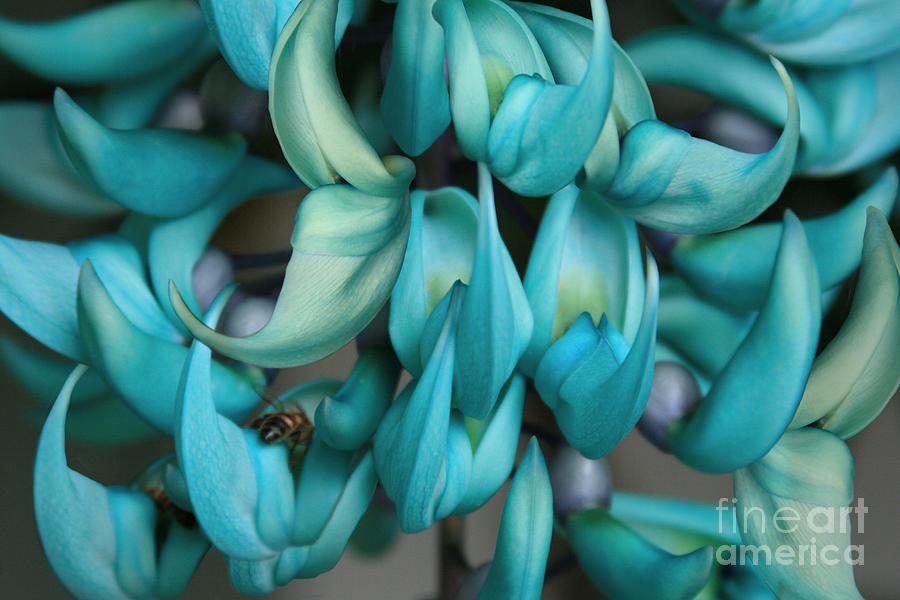Paphiopedilum acmodontum
The paphiopedilums (genus Paphiopedilum) – often abbreviated Paph and colloquially known as paphs in horticulture – are flowering plants in the orchid family (Orchidaceae). It contains about 80 accepted species nowadays, some of which are natural hybrids. These slipper orchids are native to South China, India, Southeast Asia and the Pacific Islands, and form their own subtribe, the Paphiopedilinae.

 Subtle beauty of and odd-looking orchid, Pahiopedilum
Subtle beauty of and odd-looking orchid, Pahiopedilum
Paphiopedilum glanduliferum
Paphiopedilum species naturally occur among humus layers as terrestrials on the forest floor, while a few are true epiphytes and some are lithophytes. These sympodial orchids lack pseudobulbs. Instead, they grow robust shoots, each with several leaves; some are hemicryptophytes. The leaves can be short and rounded or long and narrow, and typically have a mottled patte...rn. When older shoots die, newer ones take over. Each new shoot only blooms once when it is fully grown, producing a raceme between the fleshy, succulent leaves. The roots are thick and fleshy. Potted plants form a tight lump of roots that, when untangled, can be up to 1 m long.
Members of this genus are considered highly collectible by orchid fanciers due to the curious and unusual form of their flowers. Along with Cypripedium, Mexipedium, Phragmipedium and Selenipedium, the genus is a member of the subfamily Cypripedioideae, commonly referred to as the "lady's-slippers" or "slipper orchids" due to the unusual shape of the pouch-like labellum of the flower. The pouch traps insects seeking nectar, and to leave again they have to climb up past the staminode, behind which they collect or deposit pollinia.

One of the "Miya" hybrid Paphiopedilum cultivars bred by T. Ozawa.
The paphiopedilums are among the most widely cultivated and hybridized of orchid genera. Spectacular new species are being discovered every now and then; for example the Golden Slipper Orchid (P. armeniacum), discovered in 1979 and described in 1982, amazed growers of orchids by the extraordinary beauty of its golden flowers. In a...ddition, growers have bred thousands of interspecific hybrids and registered them with the Royal Horticultural Society in London over the years.
These orchids are relatively easy to grow indoors, as long as conditions that mimic their natural habitats are created. Most species thrive in moderate to high humidity (50-70%), moderate temperatures ranging from 13 to 35 degrees Celsius and low light of 12,000 to 20,000 lux. Modern hybrids are typically easier to grow in artificial conditions than their parent species.

Paphiopedilum callosum
The genus name Paphiopedilum was established by Ernst Hugo Heinrich Pfitzer in 1886; it is derived from Paphos (a city on Cyprus) and Ancient Greek pedilon "slipper". Ironically, no paphiopedilum occurs on Cyprus – at least not as the genus is understood today. But it was long mixed up with its Holarctic relative Cypripedium, which indeed grows in the Mediterranean region. Paphiopedilum was finally decided to be a valid taxon in 1959, but its use has become restricted to eastern Asian species in our time.

















